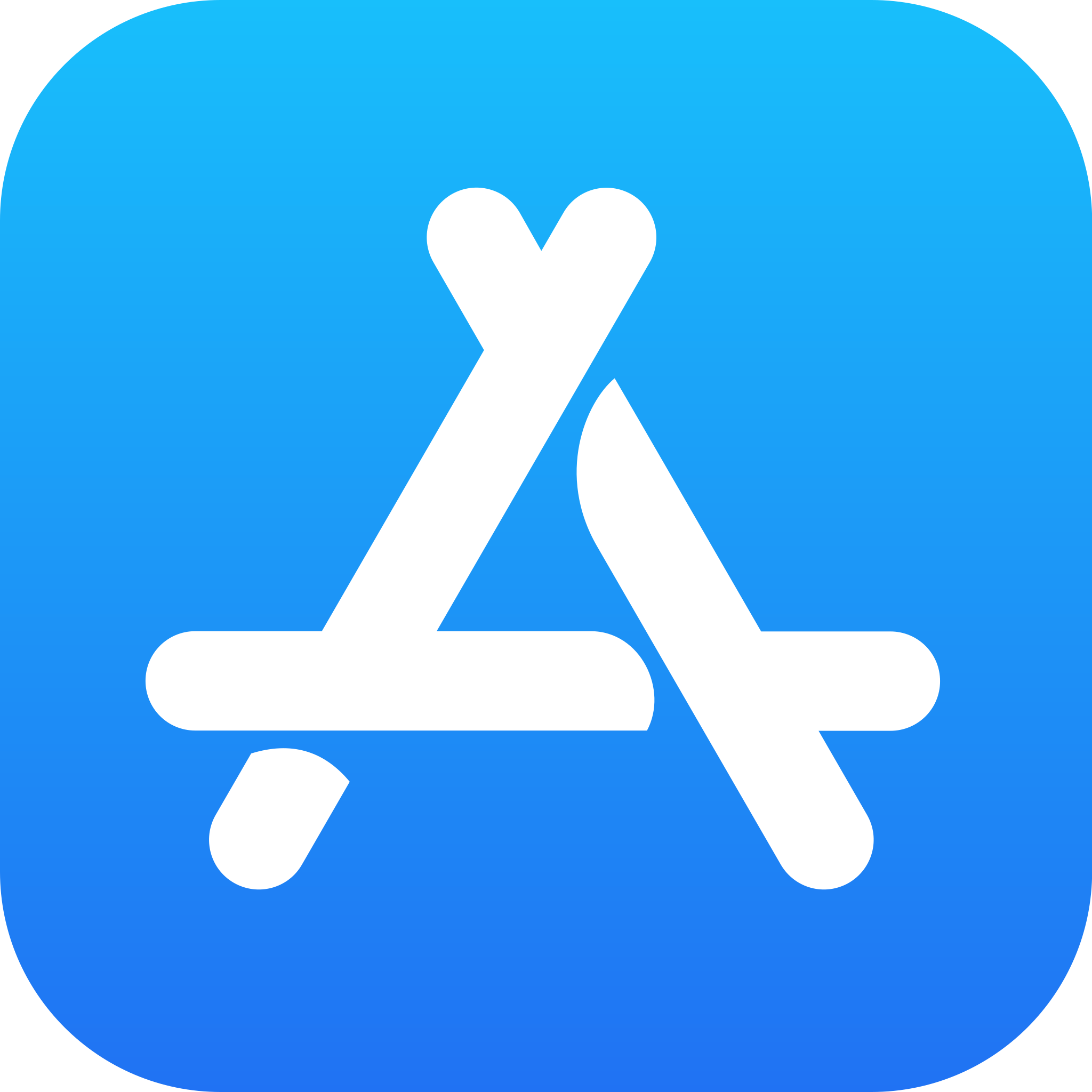iOS appstore review analysis
A tool that interprets and answers questions about recent iOS app reviews, providing insights from customer feedback.
Overview
The 'iOS appstore review analysis' tool is a sophisticated piece of technology that serves as a bridge between the vast sea of user-generated content in the form of iOS app reviews and the actionable insights that developers and marketers crave. It is adept at parsing through the latest reviews on the App Store, extracting the essence of user sentiments, and translating them into meaningful answers to specific questions posed by users. This tool is not just a passive aggregator of data; it actively engages with the content, employing advanced algorithms to clean and process the raw feedback before utilizing AI models to generate relevant responses.
Use cases
This tool can be invaluable for app developers seeking to prioritize feature updates based on user feedback, for customer support teams aiming to address the most common issues reported by users, and for marketing professionals looking to craft campaigns that resonate with their audience's actual experiences and sentiments. It can also be used by market researchers conducting competitive analysis or by product managers integrating user feedback into their development cycles.
Benefits
The primary benefit of the 'iOS appstore review analysis' tool lies in its ability to distill complex and voluminous user feedback into digestible insights. It empowers app developers and marketers to quickly gauge public opinion, identify pain points, and understand user needs without manually sifting through potentially thousands of reviews. This can lead to more informed decision-making, targeted improvements, and ultimately, a better user experience for the app in question.
How it works
The tool operates through a seamless workflow that begins with the user inputting an app's unique identifier, either as a URL or a numeric ID. It then extracts the numeric ID, if necessary, and proceeds to fetch the latest reviews from the iTunes API. These reviews are meticulously cleaned to ensure clarity and coherence, stripping away any extraneous characters that could cloud analysis. With a purified dataset, the tool then crafts a prompt for an AI model, which is designed to answer the user's question by sifting through the reviews. The final output is an AI-generated answer that encapsulates the collective voice of the app's reviewers, accompanied by the list of reviews that informed the response.
Featured Templates
Templates











.png/6f303b4c-da50-470e-883d-23c1fc217aa6.png)








.png/267f7076-70f7-4e5b-b566-cc64939eb422.png)



















